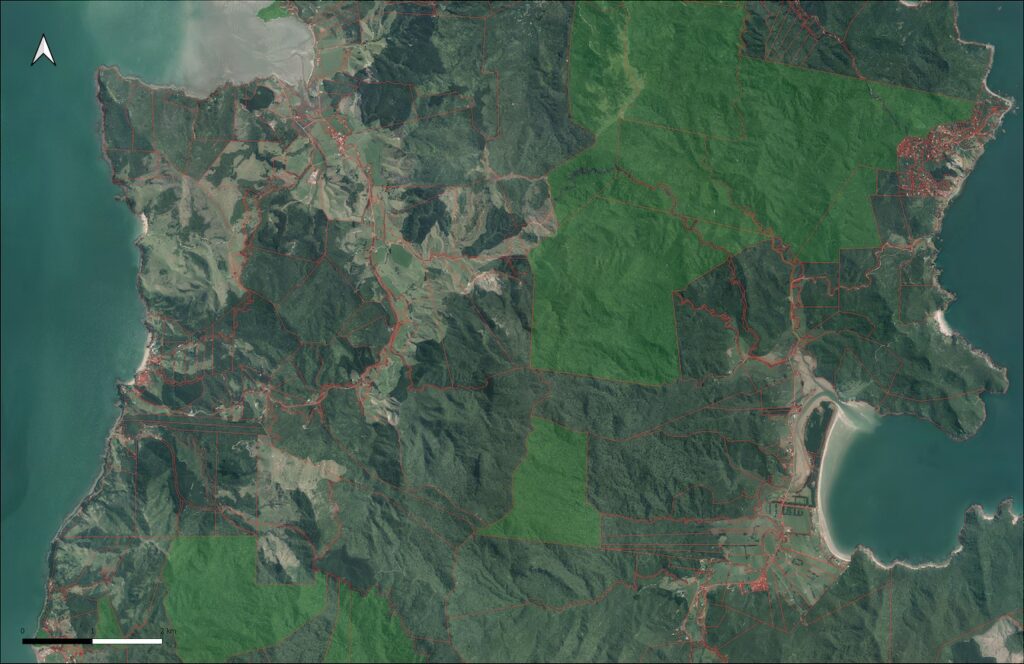Wetlands fall into a habitat category of their own, they are an important storehouse of indigenous biodiversity. Like other habitats, native plants and animals and the ecosystems they form, are valued for their unique genetic diversity, cultural and spiritual importance, scientific interest, and intrinsic values. In addition, wetlands provide many environmental services, improving water quality, storing carbon, and reducing the effects of floods. Yet wetlands are (comparatively) a severely depleted and often degraded ecosystem type. Nationally, an estimated 90 per cent of the pre-human extent of wetlands has been cleared and drained.
The Waikato region remains a North Island strong-hold with almost 8 per cent of its original (pre-human) freshwater wetland extent remaining (compared with 5 per cent for the North Island as a whole). An estimated 44 per cent of all the North Island’s remaining freshwater wetlands occur in the Waikato region. Change in the extent of remaining wetlands may affect the diversity and security of native species.
Large ecologically significant wetland and forest sequences still exist in the Haurataunga Stream catchment. These sequences extend from estuarine vegetation, up through freshwater wetland communities and into floodplain, coastal and inland forest. The vegetation around the estuary provides habitat for fernbird, banded rail, spotless crake, and bittern (see Table 1). Saltmarsh ribbonwood is particularly important habitat for fernbird, while mangroves are an important part of banded rail territory, particularly for feeding. Bittern utilise densely vegetated wetland including estuarine and freshwater wetlands, the estuary embayment is backed by regenerating coastal forest. See Appendix II for more information on Harataunga wetlands and estuaries.




